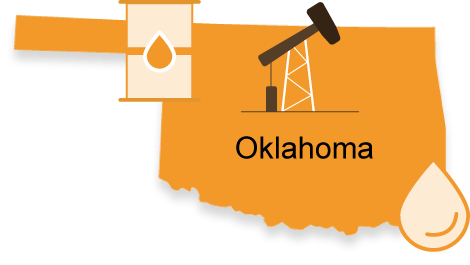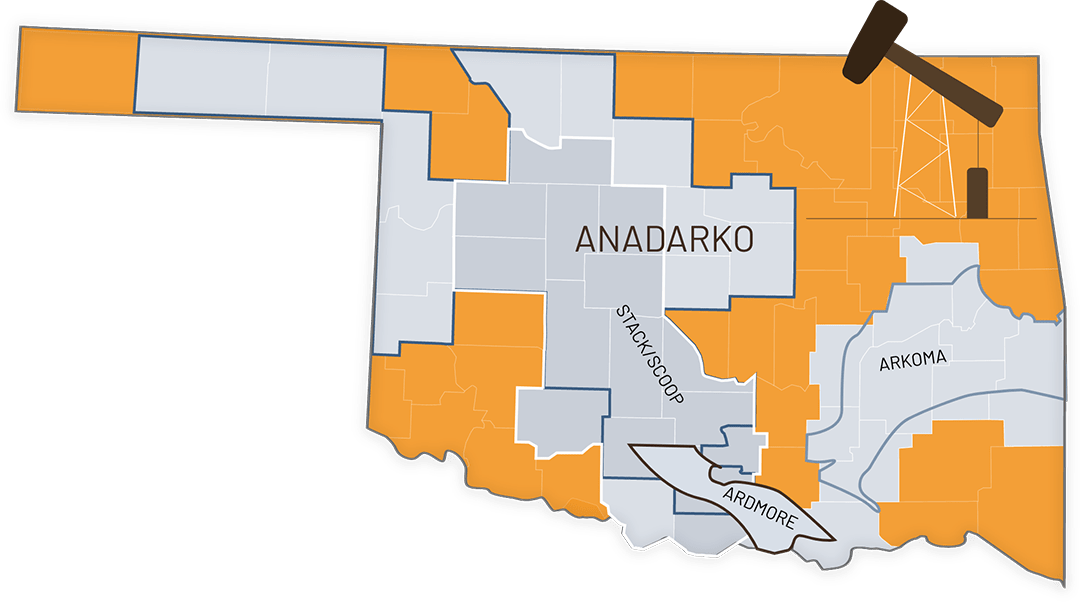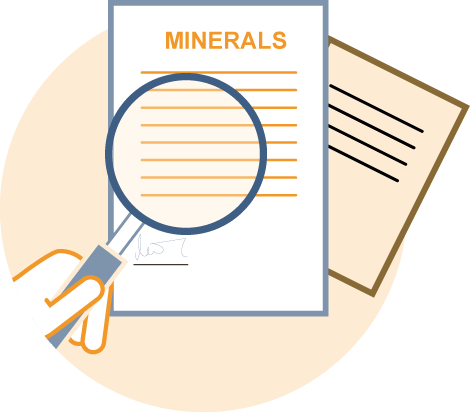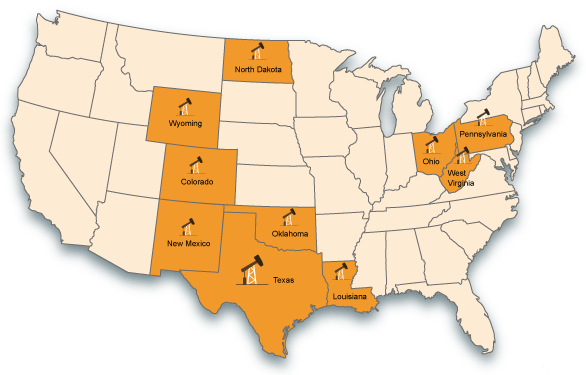The home state of famous cowboy Will Rogers remains an oil and gas bonanza in the United States — the top producer of crude oil in 2018 and 2019.
Among the 32 oil-producing states, Oklahoma is the fourth largest producer of oil and fifth largest producer of natural gas. The state is also rich in limestone, gypsum, and other minerals.
If you want to profit from the shale boom, Oklahoma’s fossil fuel reserves extend across one of the most prolific oil and natural gas regions in the world.












